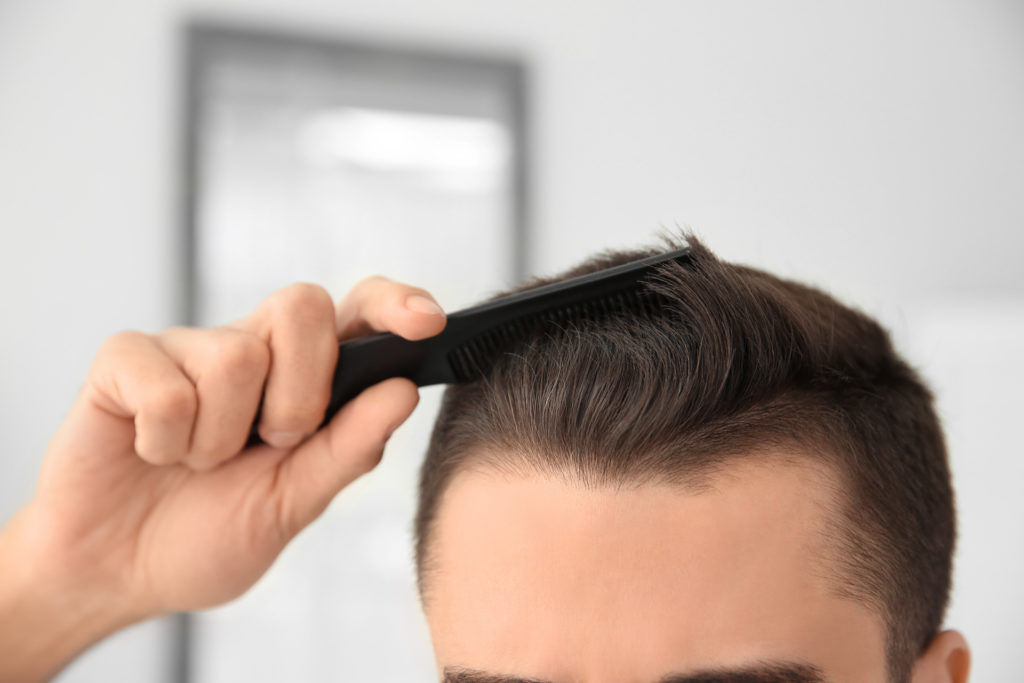
Everything you need to know about FUE transplants
17th July 2019
Although hair transplants are becoming increasingly more commonplace, and hair loss is no longer a taboo subject to discuss, there are still many myths that persist around the surgery. A surprising amount of people still think of the outdated, unnatural-looking hair plugs that were around in the 70s and 80s when they hear the phrase ‘hair transplant’, but thankfully, this is no longer the case.
Our most popular procedure is the FUE transplant, which stands for Follicular Unit Excision. It’s a harvesting technique where individual grafts of hair are removed from a shaved area (Usually) of donor scalp –at the back and sides of the head, as it is less likely to be affected by hair loss. The grafts are then transplanted into the balding areas using a micro surgical needle.
In the region of 2,000 follicular unit grafts (4500 hairs) can be transferred safely in a single session, but if necessary, it may be possible to carry out two sessions on consecutive days.
When undergoing the surgery, you’ll be given a mild sedative and a local anaesthetic in the donor and recipient areas of the scalp, so the procedure will be painless for the rest of the day – it just might feel a little strange! You’ll likely be awake during the procedure, and most of our patients are happy to listen to music, watch a film or even chat to the surgical team whilst it’s carried out.
Rather than the dreaded large circular scars left behind by the traditional hair plugs, FUE surgery leaves tiny dot scars – albeit quite a large number of them. However, because the scars are so small and scattered over a large area of the scalp, they are easy to conceal even with a closely-cropped hair cut.
You’ll be able to leave the clinic around half an hour after your surgery, although as you will have been sedated, we would recommend that you don’t drive afterwards. We would suggest that you take a week or more off work if possible, to give yourself time to recover. Your scalp will be sensitive and may be swollen, but it can be alleviated if necessary with painkillers and a cold compress.
About two weeks after your transplant, you’re likely to notice some or all of the newly-transplanted hairs falling out, but don’t panic! It’s just the new hairs entering the resting phase of the hair growth cycle, making way for the new hairs to grow in. Hair only grows around one centimetre per month, so it may take some time to notice any kind of change, but be patient – in around 18 months you can expect to see the full results.
If you have any questions about the procedure, or any of our other treatments, just get in touch with our team.


